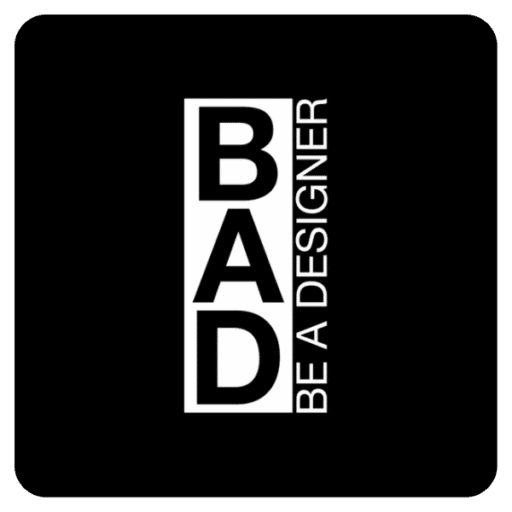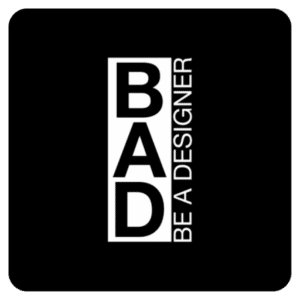Co-branding is emerging as one of the most effective strategies to generate connections significant and strengthen one's brand position on the market.
For an emerging brand, it can be the key to making itself known to a wider audience. For an established brand, on the other hand, an opportunity to experiment with new languages and renewing the perception of one's own value. In both cases, when collaboration is built on a solid foundation, it can turn into a real growth accelerator.
In this article we will analyse the different types of co-branding in fashion, the strategic advantages it can offer and how to apply Corrado Manenti's BAD method to structure authentic, coherent and high-impact partnerships.
What co-branding is and why it is strategic in fashion
The co-branding is a collaboration between two (or more) brands that decide to develop a shared product, collection or experience together, pooling values, audience and creative vision. In a context in which brand identity plays a central role, these partnerships can have a major impact on the brand perception, generate media attention and intercept new audience segments.
But it is not just about visibility. A well-structured collaboration also allows complementary skills, optimising investments e enhancing the perceived value of the offer, transforming the?union of brands into a concrete lever for growth and innovation.
Types of co-branding in fashion
In the fashion world, we can identify different forms of co-branding:
- Product co-brandingtwo brands sign an exclusive garment or accessory together.
- Promotional co-brandinga time-limited collaboration to launch a campaign or event.
- Ingredient brandingwhen a fashion brand integrates components from another brand (e.g. technical or sustainable materials) into its products.
Each type has specific advantages, and choosing the most suitable one depends on the objectives of the collaboration and the target audience.
Winning strategies for successful co-branding
??A successful co-branding comes from choosing the right partner. A well-known name or a large audience is not enough: what really counts is the coherence between the two identitiesshared values, vision and goals. When genuine alignment exists, the collaboration is credible, coherent and capable of generating real value in the eyes of the public.
To structure an effective co-branding strategy, it is crucial to start with a few key elements:
- Target analysisWho do we want to reach with this partnership? Knowing your target audience in depth, their needs, their tastes, their interaction channels, allows you to define truly relevant messages and products.
- Shared and measurable objectives: collaboration must have a clear direction: do we want to increase brand awareness? Push sales? Reposition ourselves in a new segment? Establishing concrete objectives helps to steer all phases of the project.
- Well-defined roles and contributionsEach brand involved must know what it brings to the table; creative expertise, distribution, content, technology, materials, community. Synergy works when skills complement each other and do not overlap.
- Integrated Communication Plana good co-branding is told with a coherent storytelling, built by four hands. It is crucial that the message speaks to both audiences and that the content is articulated harmoniously across all channels, online and offline.
A virtuous example? The collaborations between sports and luxury designer brands that fuse the comfort and technical heritage of the?activewear with the aesthetics and exclusivity of haute couture. A mix that not only creates desirable products but also generates global visibility, opens up new markets and strengthens the perception of both brands.
The BAD method: how Be A Designer helps fashion brands
To support brands in building strategic partnerships, Be A Designer developed the BAD methoda tailor-made approach that guides brands through each stage of the process, from conception to realisation, ensuring that each partnership is aligned with the brand's identity and objectives. This method integrates competitive analysis, strategic branding and customised consultancy, enabling:?
- Precisely define brand positioningBy identifying the brand's core values and mission, a solid basis for all strategic decisions is created.?
- Selecting consistent and profitable collaborations: through an in-depth analysis of the market and potential partners, the most effective synergies are identified to achieve the set objectives.?
- Building a strong and engaging narrativedeveloping authentic storytelling that effectively communicates collaboration and resonates with the target audience.?
- Optimising communication on all channelsensuring consistency and impact both online and offline, from social media to points of sale, to maximise the visibility and effectiveness of the partnership.?
Find out more about our marketing strategies for fashion or request a personalised consultancy for your project.
















